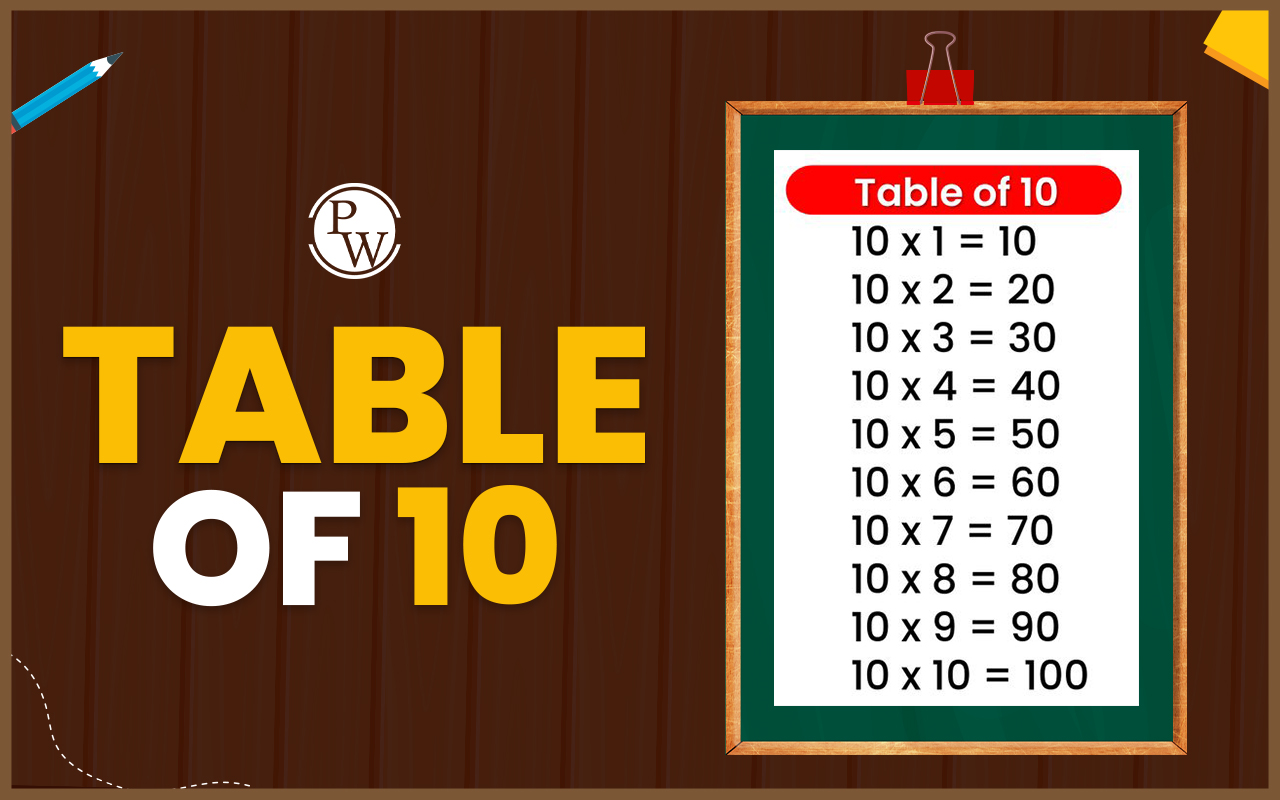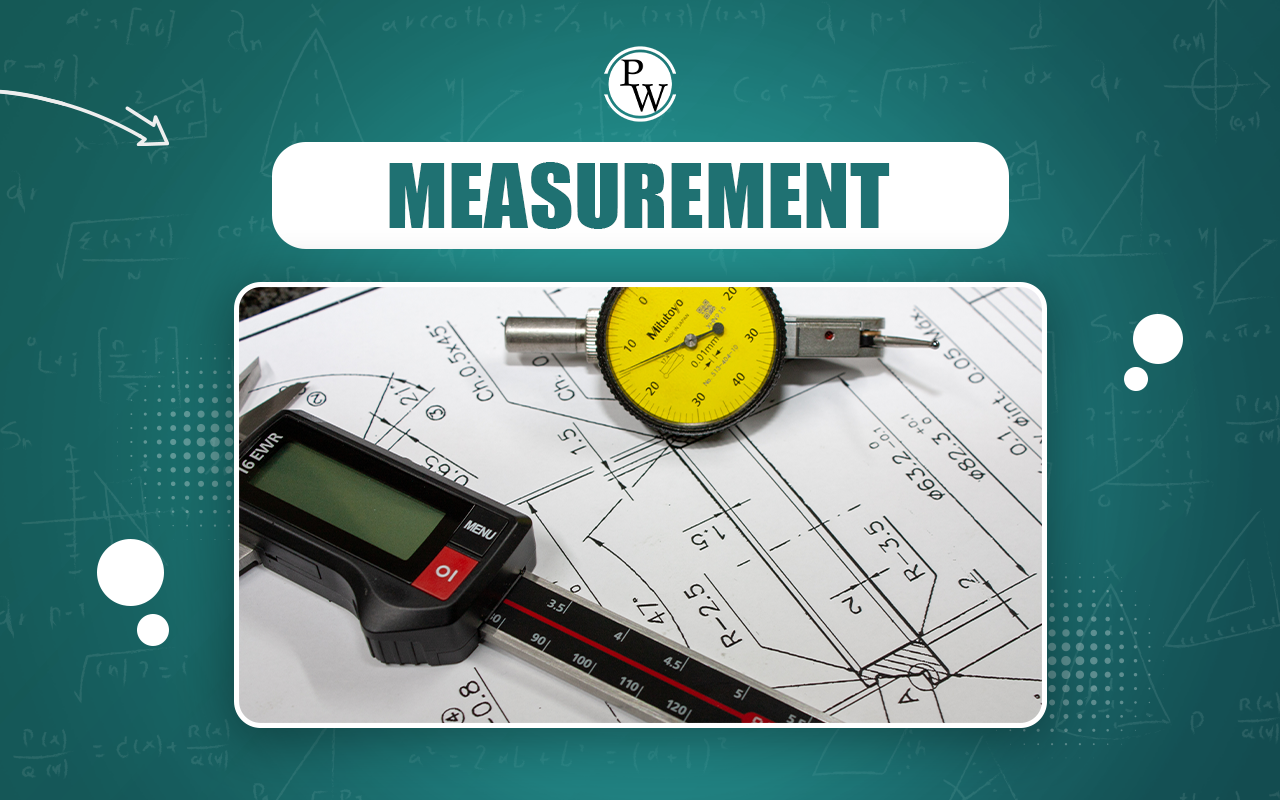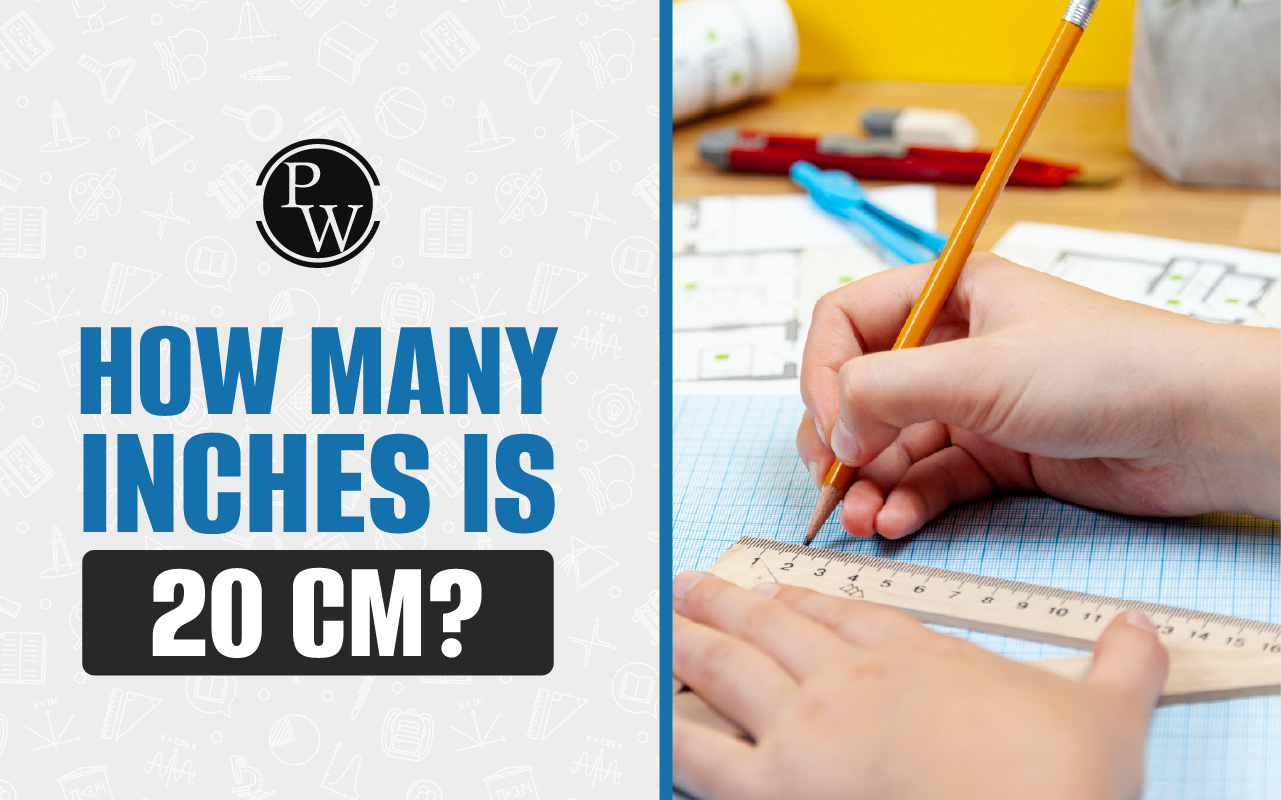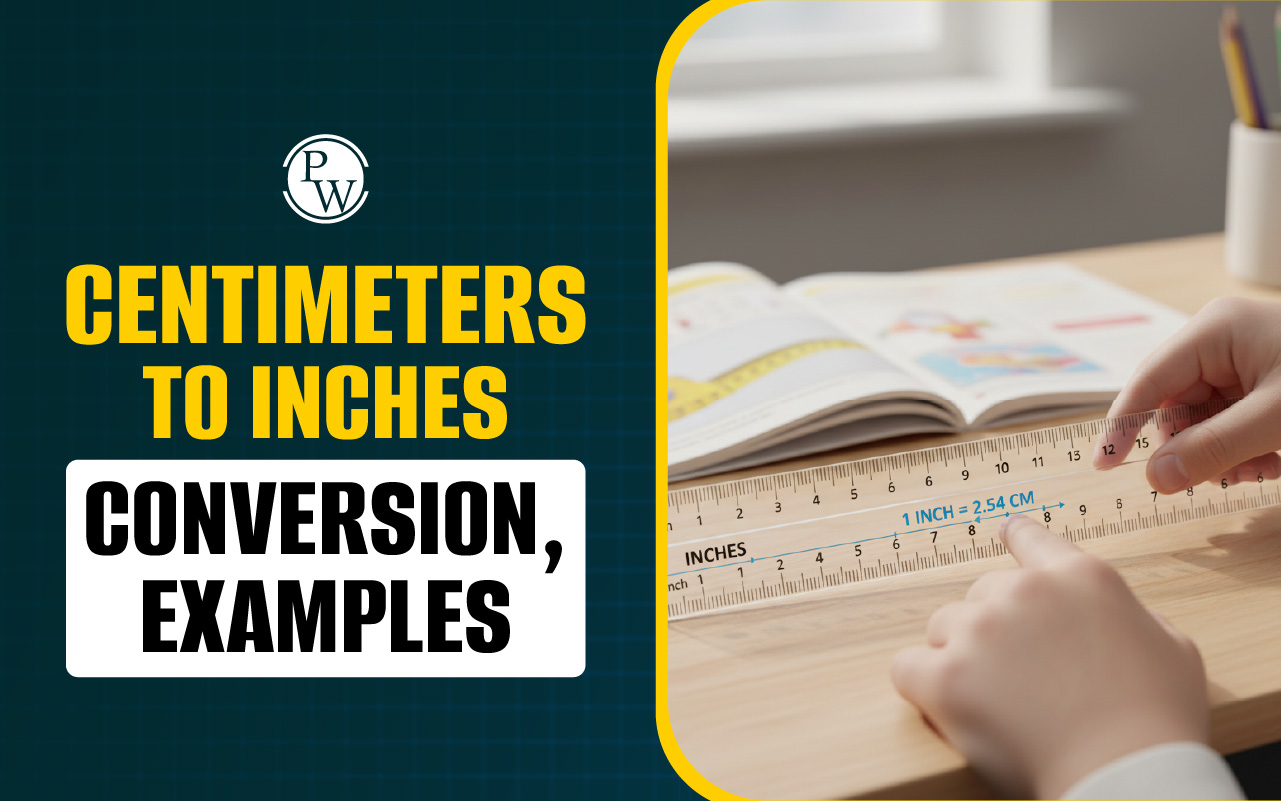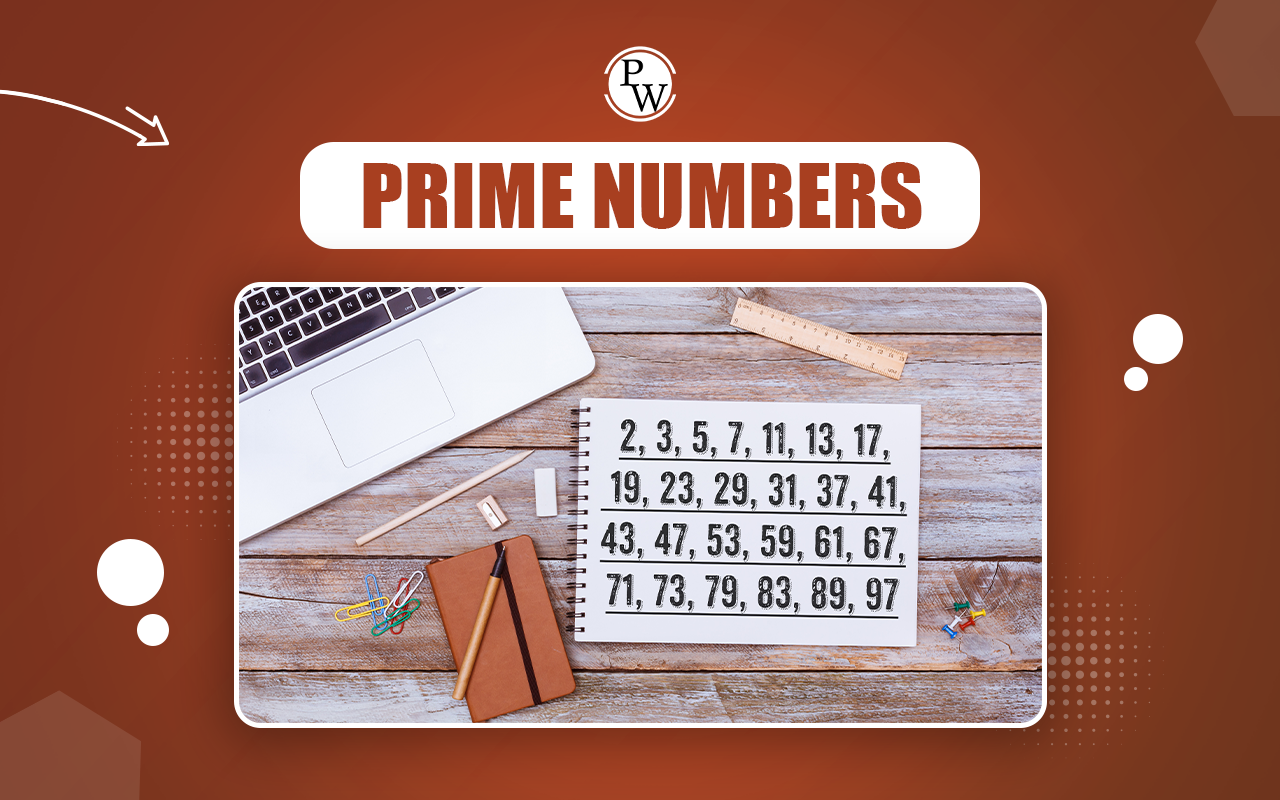

Heptagon is a closed geometric figure that we see in mathematics. It is a type of polygon, which means it is a closed figure made using straight lines. But what is heptagon exactly? A heptagon is a shape that has seven sides, seven corners called vertices, and seven angles.
Heptagon is also called a 7-gon or sometimes a septagon. This shape is helpful in solving geometry problems like angles, perimeter, and area. By learning about the heptagon shape, students can understand more about other polygons too. Keep reading to explore the types, properties, and examples of heptagons.
What is Heptagon?
Heptagon word comes from the Greek words ‘Hepta’ meaning seven and ‘Gonia’ meaning angles, which tells us that the shape has seven angles. All polygons are named based on how many sides they have. So, the answer to the commonly asked question "How many sides does a heptagon have?" is "It has seven sides." These sides join together to form a closed shape.
Heptagons and other shapes like polygons can be called convex or concave based on their angles. The heptagon shape is one of many interesting shapes we learn about in geometry.
Understanding Definition of Heptagon
A heptagon is a flat shape with seven straight sides and seven corners, also called angles. It is a type of polygon, which means all its sides join to make a closed figure without any curves. Even though it has seven sides, the shape can look different based on the size of the sides and angles.
How Many Sides Does a Heptagon Have?
A heptagon has seven sides. These sides are all straight lines that join together one after the other to form a closed shape. The sides of heptagon can have the same or different lengths as per their types. But the answer to "how many sides does a heptagon have?" always stays the same, which is seven. These sides meet at corners called vertices, making the heptagon shape one of the many special polygons in geometry.
Angles of Heptagon Shape
Heptagon shape has seven angles, one at each corner where the sides meet. These are called interior angles. No matter what the type of heptagon is, the sum of all interior angles is always 900 degrees. In a regular heptagon, each angle is equal, but in an irregular heptagon, the angles can be different. Some may be acute angles (less than 90°) and some may be obtuse angles (more than 90°).
A heptagon also has exterior angles. These angles are formed outside the shape when we extend one side. The sum of all exterior angles of any heptagon shape is always 360 degrees, whether the sides and angles are equal or not.
Heptagon Diagonals
A heptagon has fourteen diagonals. A diagonal is a line that connects one corner of the shape to another corner. But it does not go along the sides. In a convex heptagon, all the diagonals stay inside the shape. On the other hand, in a concave heptagon, at least one diagonal goes outside the shape because of the inward angle. Let’s now understand the types of heptagons.
Read More: How to Find the Area of Polygon?
Types of Heptagons
All heptagons have seven sides, but they can look different based on how their sides and angles are shaped. So, there are different types of heptagon shapes, and we can group them in two main ways as per their side lengths and their angles, as explained here:
Types of Heptagons Based on Sides
-
Regular Heptagon: A regular heptagon has seven sides that are all the same length and seven angles that are all equal. This type of heptagon shape looks neat and even. The total of all the angles inside a heptagon is always 900 degrees. In a regular one, each angle is about 128.57 degrees.
-
Irregular Heptagon: An irregular heptagon also has seven sides, but the sides and angles are not all the same. Some sides may be longer or shorter, and the angles can be different too. But the total of all the angles inside will still be 900 degrees.
Types of Heptagons Based on Angles:
-
Convex Heptagon: A convex heptagon has all its corners (angles) pointing outward, and each angle is less than 180 degrees. It can be regular or irregular.
-
Concave Heptagon: A concave heptagon has at least one corner that bends inward, and that angle is more than 180 degrees. This type of heptagon looks like it has a dent on one side.
Read More: Average Formula in Maths
Important Properties of Heptagon in Maths
The heptagon is a unique shape in geometry with many interesting properties, as outlined below for the reference of students:
-
Heptagon shape has seven sides, seven angles, and seven corners (called vertices).
-
The sum of all interior angles in a heptagon is always 900 degrees.
-
In a regular heptagon, each angle is about 128.57 degrees, and all sides are the same length.
-
The sum of the exterior angles is always 360 degrees, no matter the type.
-
A heptagon always has seven sides, and from that, we can also draw 14 diagonals inside it.
-
In a regular heptagon, the central angle is about 51.43 degrees.
-
Regular heptagons are also convex, as all their angles are less than 180°.
-
On the other hand, irregular heptagons have sides and angles that are not equal.
Important Formula for Heptagons
To solve problems related to the heptagon shape, students can use some easy formulas, as given below:
-
To find the sum of all interior angles, we use the formula (7 − 2) × 180° = 900°.
-
In a regular heptagon, all angles are equal, so each angle is about 128.57 degrees.
-
To find the number of diagonals in a heptagon, we use the formula n(n−3)/2, which gives 14 diagonals when n = 7.
-
For the perimeter of a regular heptagon, we simply multiply one side length by 7: 7 × a, where a is the length of one side. These formulas help students solve the questions easily in maths.
-
To find the area of a regular heptagon, students can use this formula: Area = 3.643 × (side)².
Symmetry of a Heptagon
A regular heptagon has 7 lines of reflectional symmetry. This means we can fold the shape along these lines and both sides will match perfectly. Each line goes from one corner (vertex) to the middle of the side across from it. Additionally, it has 7-fold rotational symmetry. This means we can turn the heptagon shape around its center by certain angles, and it will look the same seven times in one full turn.
Real-Life Examples of Heptagon Shape
The heptagon shape is not just found in math books, it can also be seen in many things around us.
-
One common example is a medicine or storage box that has seven small sections, one for each day of the week.
-
Some coins are also shaped like a heptagon, which helps people easily tell them apart from other coins.
-
We can also see the heptagon shape in nature. If we look at the top of a cactus, it forms a shape with seven sides.
-
Some fancy vases and greenhouses also have seven sides when seen from the top, making them examples of regular heptagons.
-
Other objects, like a paper boat, arrowhead, or even the shape seen in the outline of pants, can have seven uneven sides and angles, which makes them irregular heptagons.
-
Some candle holders are also designed in a heptagon shape.
-
In decorations, we sometimes see a heptagon star, which is made by joining the corners of a regular heptagon with lines to form a star.
Solved Heptagon Practice Questions
Example 1: Find the perimeter of an irregular heptagon. The sides of the heptagon are 9 cm, 11 cm, 13 cm, 15 cm, 17 cm, 19 cm, and 21 cm.
Solution: To find the perimeter, we add all the sides together.
-
Perimeter = 9 + 11 + 13 + 15 + 17 + 19 + 21 = 105 cm.
Example 2: Find the length of each side of a regular heptagon. The perimeter of the regular heptagon is 126 cm.
Solution: In a regular heptagon, all sides are equal.
-
Number of sides = 7
-
Length of each side = 126 ÷ 7 = 18 cm
Example 3: Identify the type of heptagon. A heptagon has six sides that are each 6 inches long, and one side is 4 inches.
Solution: Since all sides are not equal, this is an irregular heptagon.
Example 4: Find the area of a regular heptagon. The side length of the regular heptagon is 5 meters.
Solution: To find the area, we use the formula: Area = 3.643 × (side)²
= 3.643 × (5 × 5)
= 3.643 × 25
= 91.075 square meters
CuriousJr’s Online Tuition to Boost Your Child’s Maths Basics
Many children find it hard to keep up with what is being taught in school. They generally need extra time, practice, and clear explanations to fully understand the topics. Without the right support, this can impact their learning and affect their marks in exams.
CuriousJr’s Online Tuition Classes are designed to make learning easy and enjoyable for students from 3rd to 9th classes. These online maths tuition classes follow a two-teacher model that makes sure every child gets personal attention and clear explanations.
With interactive lessons, visual learning, homework help, and regular progress updates for parents, students can strengthen their basics at their pace.
Book a demo class today and see how CuriousJr can help your child learn better, stay ahead, and enjoy their studies more.
Heptagon FAQs
Heptagon has how many sides?
What are the types of heptagon?
What is the sum of interior angles of a heptagon?
How to find the perimeter of a heptagon?




